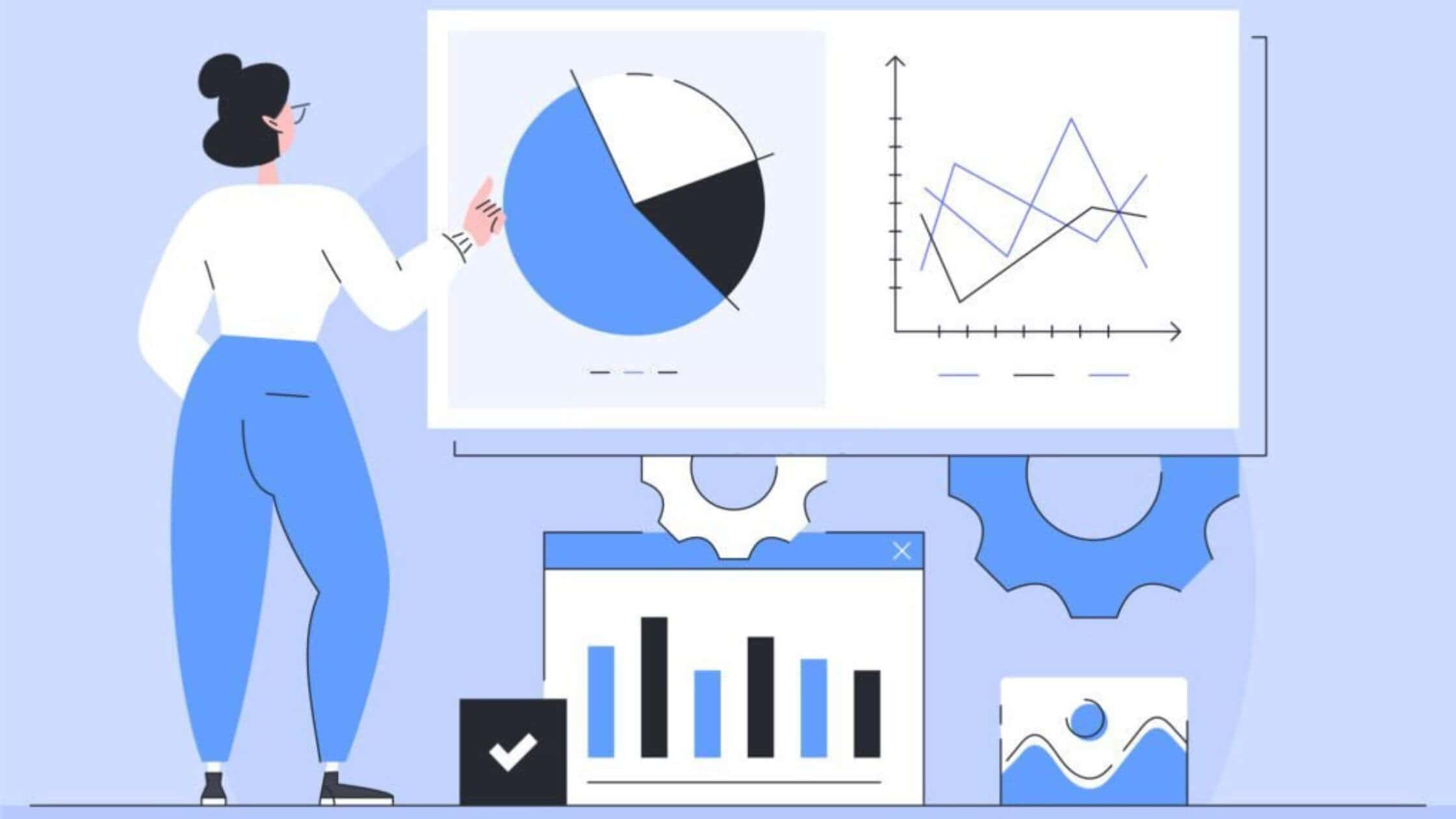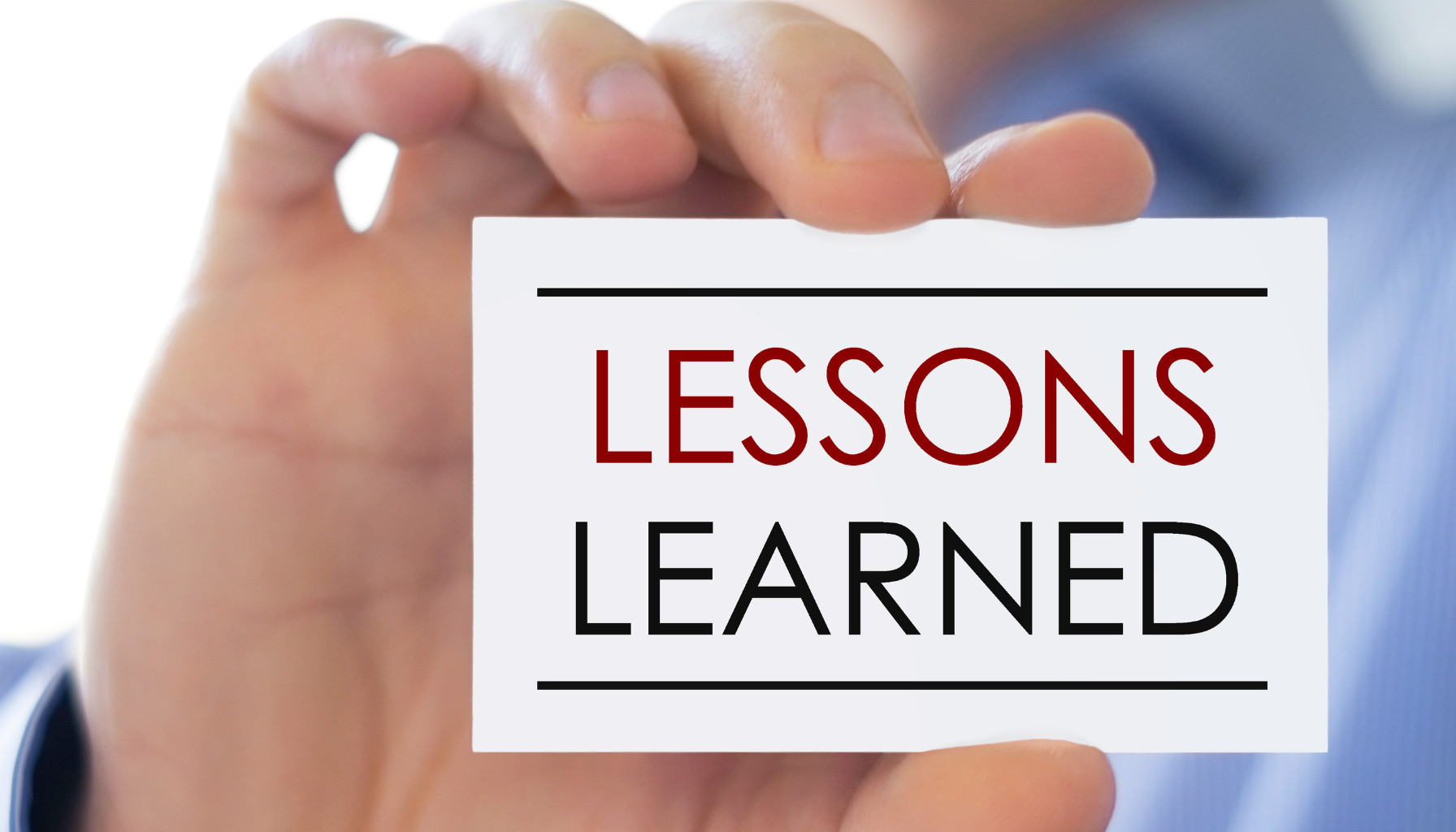
The project lifecycle serves as a roadmap for successful project management. Understanding the different phases, types, and characteristics of a project lifecycle is crucial for delivering projects on time, within budget, and meeting stakeholders’ expectations. In this article, we will delve into the many aspects of a project lifecycle, exploring its various phases, common types, and essential characteristics.
What is a Project Lifecycle?
A project lifecycle represents the entire journey of a project, from initiation to completion. It provides a structured approach for managing projects, guiding project teams through key stages to ensure successful project delivery. While specific project lifecycles may vary based on project size, complexity, and industry, they typically consist of several common phases.
Phases of a Project Lifecycle
Although the exact naming and number of phases may vary, a typical project lifecycle includes the following phases:
- Initiation: In this phase, the project’s feasibility is assessed, objectives are defined, stakeholders are identified, and a business case is developed.
- Planning: Detailed planning takes place, including defining project scope, creating a project plan, identifying resources, and establishing a timeline and budget.
- Execution: This phase involves the actual implementation of the project plan, executing tasks, coordinating team members, and managing project risks.
- Monitoring and Control: Progress is monitored, and project performance is measured against the established plan. Changes and deviations are managed, and corrective actions are taken as necessary.
- Closure: The project is formally closed, and deliverables are handed over to the stakeholders. Lessons learned are documented, and a project review takes place to identify areas of improvement for future projects.
Types of Project Lifecycles
Project lifecycles can be categorized into different types based on the project’s nature, characteristics, and industry requirements. Some common types include:
- Linear or Waterfall Lifecycle: This sequential approach follows a linear progression from one phase to another, with each phase being completed before moving on to the next. It is ideal for projects with stable and well-defined requirements.
- Iterative or Incremental Lifecycle: In this approach, the project is divided into iterations or increments, with each iteration building upon the previous one. It allows for flexibility and adaptation to changing requirements.
- Agile Lifecycle: Agile methodologies focus on iterative and incremental development, emphasizing adaptability, collaboration, and continuous improvement. It is particularly suited for projects with evolving requirements or high levels of uncertainty.
- Spiral Lifecycle: The spiral lifecycle combines elements of both waterfall and iterative lifecycles. It involves iterative development, with each iteration incorporating feedback and risk analysis. It is commonly used for complex or high-risk projects.
Characteristics of a Successful Project Lifecycle
A successful project lifecycle exhibits several key characteristics:
- Clear Objectives: The project lifecycle should have well-defined objectives and deliverables to provide a clear direction for the project team.
- Effective Communication: Open and transparent communication channels ensure stakeholders are engaged, informed, and aligned throughout the project journey.
- Robust Planning: Thorough planning, including defining scope, creating a realistic schedule, and identifying resource requirements, sets the project up for success.
- Risk Management: Proactive identification, assessment, and mitigation of project risks help minimize potential issues and ensure smoother project execution.
- Flexibility and Adaptability: The ability to adapt to changes, whether in requirements, resources, or market conditions, is crucial for successful project delivery.
- Continuous Improvement: Regular reviews, lessons learned sessions, and feedback loops contribute to continuous improvement and knowledge sharing across projects.
Product Life Cycle vs Project Life Cycle: Which Is Which?
All phases are a part of the Product Life Cycle, including product ideation and progression through development, distribution, expansion, maturing, and retirement. Within the same product life cycle, there could be several different project life cycles.
The conceptualization stage of developing a new product can be regarded as a project on its own. Moving on to the design phase of it can constitute a different project. Adding any additional features or modifying what you already have to either improve it or change it into something else can be made into a project as well.
The Predictive And Extensively Planned Approach To A Project Life Cycle
A classic example of a predictive and planned approach is the traditional waterfall method used throughout software engineering. All phases are largely in order, however, they do intersect at times. Every phase is assigned a specific deliverable. Before beginning implementation, the whole scope is determined at the outset, and a project plan is prepared and evaluated. This project life cycle approach is known for its meticulous change management. It’s best if you have extensive knowledge about what the product is, and have a lot of experience with it.
When the investors may use the goods completely rather than only sections of it, this is also employed. The development of a home is part of an area with a sufficient knowledge foundation and breadth. As a result, cost and time may be entirely, or mostly determined, at the outset. ‘Rolling wave planning’ begins with a broad scope that is expanded as you progress through the phases.
The Adaptive And Open To Changes Approach To A Project Life Cycle
The adaptive or change-driven approach of a life cycle model is utilized in projects in which the product has to be produced and supplied in increments via iterations. Such a project life cycle model is also known as an adaptive version, and Agile methodology is commonly implemented for it. Each cycle is tailored to the requirements of the stakeholders. In each iteration, a change is anticipated in the form of new criteria or input on the product. Each iteration or cycle results in a usable product version.
Objectives are introduced to the following cycle, and thus the product is created in stages. Every iteration forms a brief cycle that lasts anywhere from 1 to 4 weeks and is referred to by the name of ‘Sprint’ in Scrum, which is an Agile methodology.
When it’s impossible to describe the entire scope in advance, the flexible life cycle model is utilized, as well as when buyers can modify the product and make any changes to it as they evaluate each product version. Customers get to have a usable prototype after each iteration.
This strategy is recommended whenever the schedule you need to follow in order to market the product is too short and the client has to utilize the product right away. This paradigm is also useful in situations when domain changes take place rapidly.
There are several parts that make up a project’s life cycle. In general, it consists of a beginning, organization, and preparation, ‘performing the job,’ and project closure. The life cycle can range from predictive to flexible models.
Sign-up for a 7-day free trial! Try the first two modules of Brain Sensei’s story-based PMP and CAPM Exam Prep courses and a mini practice exam and see how it all works
Conclusion
A thorough understanding of the phases, types, and characteristics of a project lifecycle is essential for effective project management. By recognizing the common phases, selecting the appropriate lifecycle type, and incorporating the essential characteristics, project managers can navigate projects with confidence, drive successful outcomes, and meet stakeholders’ expectations. Embrace the project lifecycle as a valuable framework and roadmap to guide your project’s journey from initiation to successful completion.
Have you led projects and are looking to earn a project management certification? You might be interested in learning about how lucrative this can be. Check out these articles.
13 PMP Benefits Once You Get The PMP Certification
No experience leading projects but still want to get into project management? No problem! Check out these articles.
CAPM Certification Eligibility
What is a Certified Project Manager; How do I get PM Certifications


